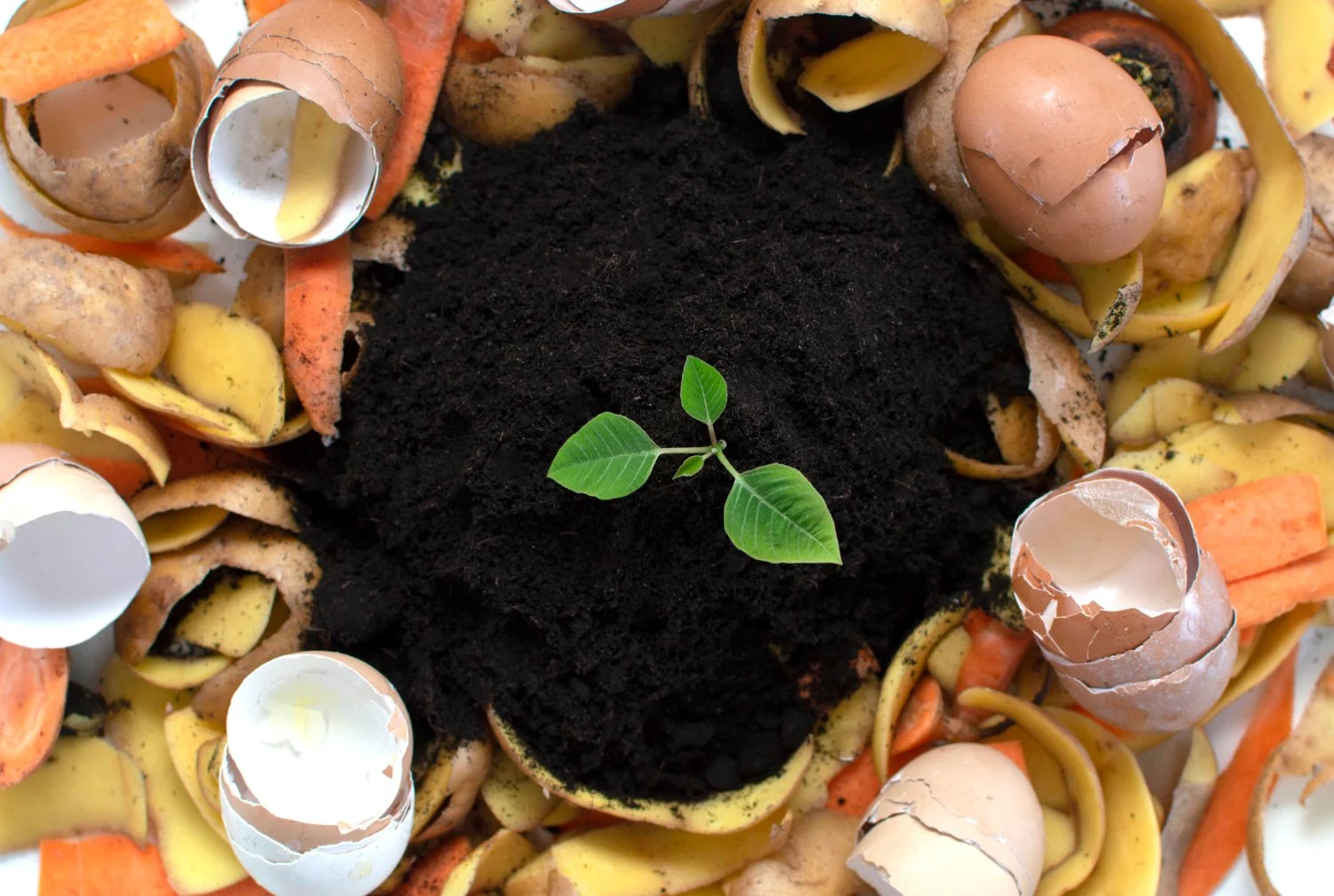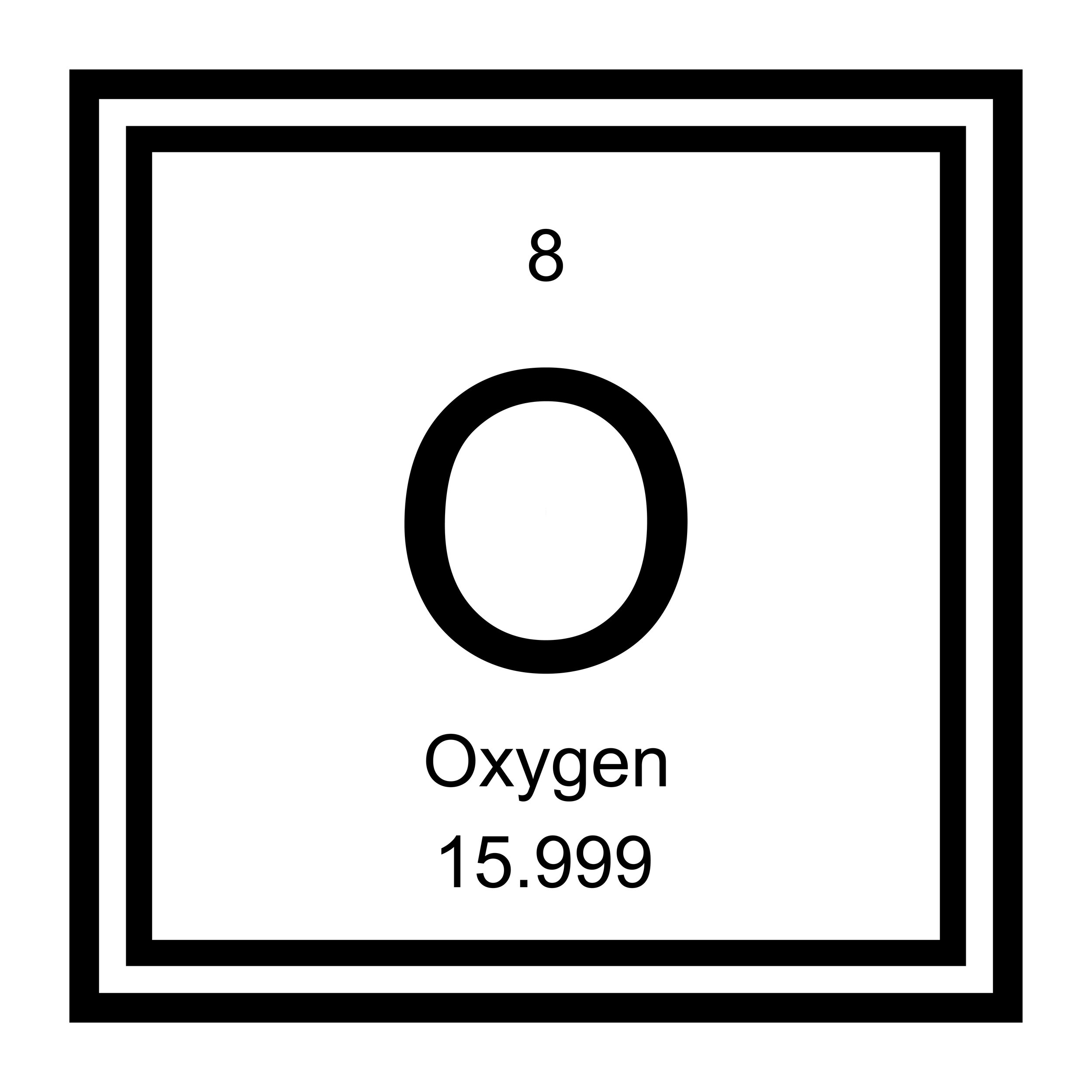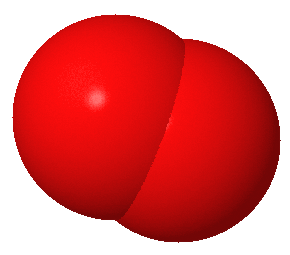Composting
Composting is the process of converting waste material like dead leaves and food scraps into soil for gardening and agriculture.
Did You Know?
Composting can be done from small-scale setups that fit in an apartment to massive community-wide projects that make tons of soil!
How does it work?
When living things die, they decompose into nitrogen and carbon. These are very important elements that fuel the growth of life when combined at the right ratio. When water is present and there is enough oxygen, a pile of scraps will break down into nutrient-rich compost.
Greens
&
Browns
Items like grass clippings and vegetables that are high in nitrogen are called greens. They don’t have to be actually green in color — coffee grounds, for example, are full of nitrogen and so fall into the greens category.
Wood chips, cardboard and dry leaves are the type of material that make up the browns category. They are mostly carbon and will be the majority of the volume of a compost pile, about three times the amount of green items.
Letting it Breathe
Composting is an aerobic process, meaning it uses oxygen. A compost pile gets its oxygen from the surrounding air like we do, but without lungs to move the air, it relies on being turned periodically.
Just Add Water
Water is required for the process to work, but not too much. If the pile is too wet for long enough, it will become anaerobic and essentially drown. Slime molds and foul-smelling bacteria will take over until a balance is restored.






